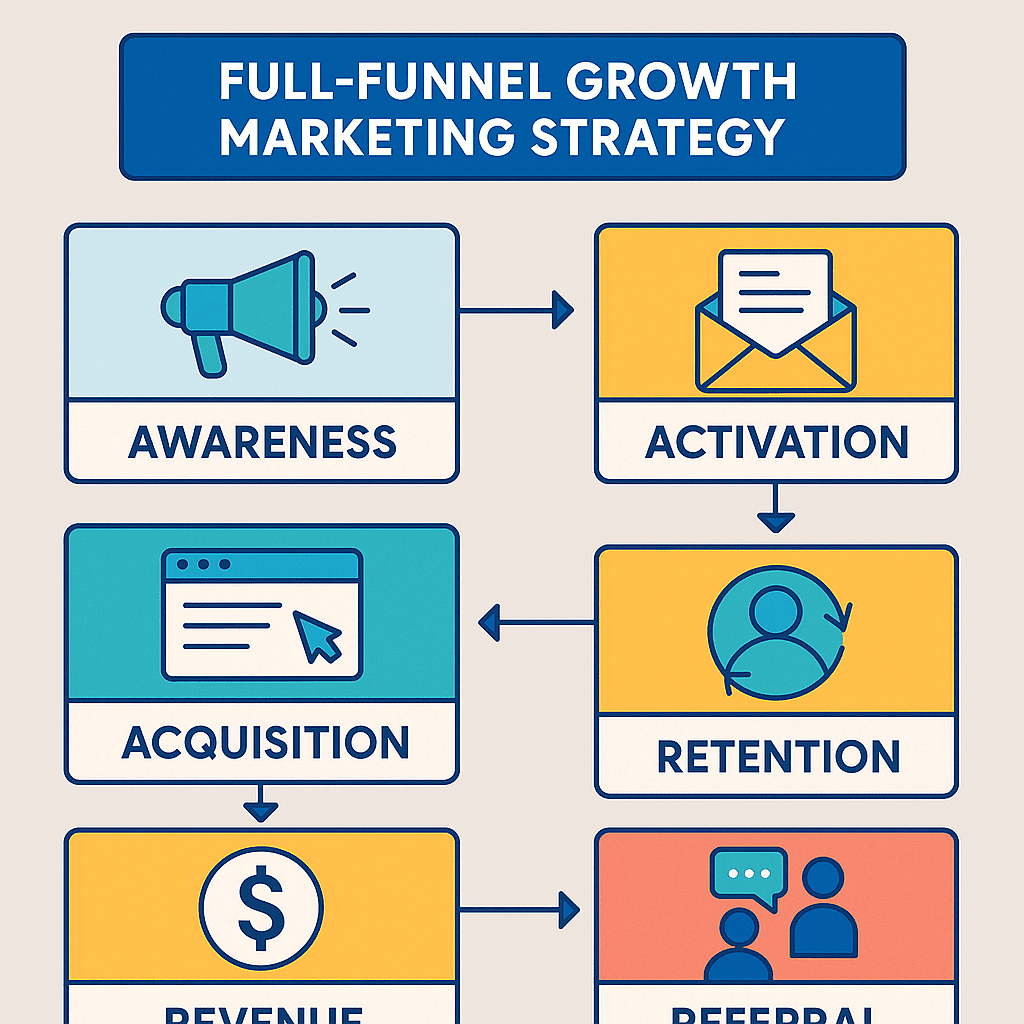Ecommerce is a fiercely competitive arena where innovation and agility drive success. The following top 10 growth hack case studies showcase actionable growth hacks that have helped leading brands achieve remarkable results. Each example offers a proven strategy you can adapt for your own ecommerce business.
1. Warby Parker: Storytelling & Customer-Centric Disruption
Warby Parker broke into the eyewear market by making high-quality glasses affordable and accessible. Their Home Try-On program removed barriers, while targeted PR and user-generated content (UGC) fueled viral growth. Their “Buy a Pair, Give a Pair” mission built loyalty and press value, helping them hit first-year sales targets in just three weeks and amass a 20,000+ customer waitlist1.
Growth Hack: Combine frictionless trial experiences with a strong brand story and social mission.
2. Particula: SEO Overhaul Quadruples Sales
After a successful Kickstarter, Particula’s online store lagged in organic traffic. By addressing technical SEO issues, optimizing content for non-branded keywords, and revamping product pages, they achieved a 278% increase in organic traffic and a 410% jump in organic purchases in just six months12.
Growth Hack: Invest in technical SEO and targeted content to capture high-intent, non-branded search traffic.
3. Dollar Shave Club: Viral Video Launch
Dollar Shave Club’s humorous launch video instantly went viral, generating 12,000 orders in 48 hours. Their simple subscription model and data-driven marketing propelled them to over 3 million subscribers and a $1 billion acquisition by Unilever12.
Growth Hack: Use bold, shareable video content to create buzz and drive explosive early growth.
4. MVMT Watches: Scaling Without Crashing
MVMT’s rapid growth strained their backend systems, risking downtime during high-traffic drops. By implementing a multi-server, load-balanced architecture and optimizing API calls, they increased conversion rates by 29.8% YoY and handled 25–30x more traffic during sales events1.
Growth Hack: Invest in technical infrastructure to ensure your site can handle growth surges and flash sales.
5. Anker: Global Expansion with Localized Stores
Anker’s expansion required rapid localization of 16 DTC sites and 50+ global stores. They integrated local payment options, customized checkouts, and leveraged analytics to optimize customer journeys, resulting in 112% YoY website revenue growth1.
Growth Hack: Localize storefronts and payment methods to boost conversions in new markets.
6. The Linz Shop: Digital Transformation for Traditional Retail
Meats by Linz scaled their butcher shop online by migrating to a mobile-optimized platform, integrating ERP, and investing in digital marketing. This resulted in a 29% sales increase and 65% more traffic12.
Growth Hack: Modernize your tech stack and leverage digital marketing to bring offline success online.
7. Sephora: Strategic Partnerships for Brand Breakouts
Sephora’s partnerships with emerging brands, combined with loyalty programs and influencer campaigns, drove 30–50% sales lifts during launches and 20–40% conversion rate increases from in-store try-ons and incentives12.
Growth Hack: Leverage partnerships and loyalty programs to amplify reach and accelerate sales.
8. Sam’s Club: Personalized Coupons & Geo-Targeting
Sam’s Club used personalized coupon pages and location-based targeting to exceed membership growth targets by 13.5% monthly and 17.8% annually. Multi-channel personalization was key to their success3.
Growth Hack: Use personalized offers and geo-targeting to boost engagement and conversions.
9. Old Navy: Live Shopping for Engagement
Old Navy integrated live shopping on their site, resulting in 3 million livestream views, a 6% rise in conversion rates, and a 1% increase in average order size. Overcoming initial tech challenges paid off with higher customer engagement and sales3.
Growth Hack: Adopt interactive video commerce to drive engagement and higher conversion rates.
10. Referral & UGC Programs: Social Proof at Scale
Brands like Warby Parker and Dollar Shave Club harnessed user-generated content and referral programs to build trust and virality. Referral incentives and authentic customer stories fueled organic growth and repeat purchases14.
Growth Hack: Implement referral and UGC campaigns to turn customers into advocates and amplify reach.
Conclusion on Top 10 Growth Hacks
These case studies prove that growth hacking isn’t about shortcuts—it’s about creative, data-driven experimentation and relentless focus on customer experience. Whether you’re optimizing SEO, launching viral content, or building loyalty through partnerships, these proven hacks can inspire your next big win in ecommerce.




